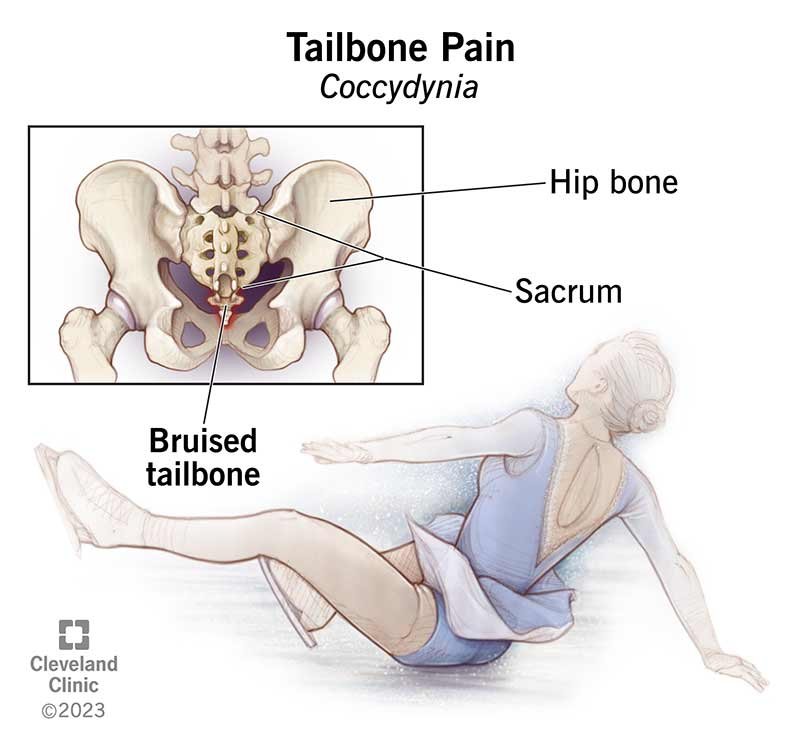Tailbone pain, also known as coccydynia, is a common condition that can cause significant discomfort and affect the quality of life. The tailbone, or coccyx, is located at the base of the spine and can become painful due to various reasons, including injury, prolonged sitting, or degenerative changes. In Delhi, numerous non-surgical treatment options are available to alleviate tailbone pain effectively. Tailbone Pain Treatment in Delhi encompasses various methods that provide relief and improve overall well-being without the need for surgical intervention. This article explores these treatments, focusing on non-surgical approaches.
Understanding Tailbone Pain
Tailbone pain is typically characterized by a dull, aching pain in the lower back, specifically around the coccyx. The pain may worsen when sitting for long periods, moving from sitting to standing, or during activities that put pressure on the tailbone, such as cycling. Common causes of tailbone pain include:
- Trauma or Injury: Falls or direct blows to the tailbone can result in bruising, fractures, or dislocations.
- Prolonged Sitting: Sitting for extended periods on hard or uncomfortable surfaces can lead to coccyx pain.
- Degenerative Joint Changes: Age-related wear and tear on the joints can contribute to tailbone pain.
- Childbirth: During childbirth, the coccyx can become bruised or injured, leading to postpartum tailbone pain.
- Obesity: Excess body weight can increase pressure on the tailbone, causing pain.
Non-Surgical Treatment Options for Tailbone Pain
1. Pain Management Techniques
Effective pain management is crucial for alleviating tailbone pain. Several non-surgical methods can help reduce pain and improve comfort:
- Over-the-Counter Pain Relievers: Non-prescription medications such as acetaminophen or nonsteroidal anti-inflammatory drugs (NSAIDs) like ibuprofen can help reduce inflammation and alleviate pain.
- Heat and Cold Therapy: Relieving the affected area can be accomplished by applying heat or cold packs. Heat helps relax muscles and improve blood flow, while cold therapy reduces inflammation and numbs the pain.
2. Physical Therapy
Physical therapy plays a vital role in treating tailbone pain. A physical therapist can design a customized exercise program to strengthen the muscles around the coccyx, improve posture, and reduce pain. Common physical therapy techniques include:
- Stretching Exercises: Gentle stretches targeting the lower back and pelvic area can help relieve tension and improve flexibility.
- Strengthening Exercises: Strengthening the core muscles and pelvic floor muscles can provide better support for the coccyx.
- Postural Training: Learning proper sitting and standing posture can reduce pressure on the tailbone and prevent pain.
3. Ergonomic Adjustments
Making ergonomic adjustments to daily activities and workspaces can significantly reduce tailbone pain:
- Cushions and Supports: Using a specially designed cushion with a cut-out or wedge shape can help alleviate pressure on the tailbone while sitting.
- Ergonomic Chairs: Investing in an ergonomic chair that provides adequate lumbar support and encourages proper posture can prevent and reduce tailbone pain.
- Workstation Adjustments: Adjusting the height of desks and chairs to maintain a neutral spine position can minimize strain on the coccyx.
4. Lifestyle Modifications
Simple lifestyle changes can have a profound impact on managing tailbone pain:
- Weight Management: Maintaining a healthy weight can reduce the pressure on the tailbone and alleviate pain.
- Regular Breaks: Taking frequent breaks from sitting and incorporating standing or walking intervals can prevent prolonged pressure on the coccyx.
- Low-Impact Activities: Engaging in low-impact exercises such as swimming, walking, or yoga can improve overall fitness without exacerbating tailbone pain.
5. Manual Therapy
Manual therapy techniques, performed by trained professionals, can provide relief from tailbone pain:
- Massage Therapy: Therapeutic massage can help relax the muscles around the coccyx, reduce tension, and improve blood flow to the area.
- Chiropractic Care: Chiropractors can perform adjustments to realign the spine and pelvis, relieving pressure on the tailbone.
- Osteopathic Manipulative Treatment (OMT): Osteopaths use hands-on techniques to manipulate and mobilize the joints and muscles, promoting healing and pain relief.
6. Medications and Injections
In some cases, medications and injections may be necessary to manage tailbone pain:
- Prescription Pain Relievers: For severe pain, a doctor may prescribe stronger pain medications to provide relief.
- Corticosteroid Injections: Injections of corticosteroids into the area around the coccyx can help reduce inflammation and alleviate pain.
7. Alternative Therapies
In addition to established treatments, alternative therapies can offer more relief:
- Acupuncture: In order to reduce pain and encourage healing, this traditional Chinese method entails putting tiny needles into particular body locations.
- Transcutaneous Electrical Nerve Stimulation (TENS): TENS therapy uses low-voltage electrical currents to stimulate nerves and reduce pain signals.
- Biofeedback: This technique teaches patients to control physiological functions, such as muscle tension, to alleviate pain.
8. Education and Support
Education and support are essential components of managing tailbone pain:
- Patient Education: Understanding the causes and treatment options for tailbone pain can empower patients to take an active role in their care.
- Support Groups: Joining support groups or online communities can provide emotional support, practical advice, and encouragement from others experiencing similar issues.
9. RFA (Radiofrequency ablation)
- RFA (Radiofrequency ablation): Radiofrequency ablation (RFA) is a medical procedure that uses electrical currents produced by radio waves to generate heat and target specific tissues. This technique is commonly employed to treat various medical conditions, especially those involving chronic pain or abnormal tissue growth.
Seeking Professional Help in Delhi
In Delhi, various healthcare providers specialize in treating tailbone pain using non-surgical methods. Dr. Smita Gulati Pain Relief Clinic offers comprehensive care for individuals suffering from tailbone pain, focusing on non-invasive treatments to provide relief and improve quality of life. With a team of experienced professionals, the clinic offers personalized treatment plans tailored to each patient’s needs.
Patients are encouraged to seek professional help if they experience persistent tailbone pain that interferes with daily activities. In order to reduce pain and encourage healing, this traditional Chinese method entails putting tiny needles into particular body locations.
Conclusion
Tailbone pain can significantly impact daily life, but effective non-surgical treatments are available in Delhi to alleviate discomfort and promote healing. Tailbone Pain Treatment in Delhi encompasses a variety of approaches, from pain management techniques and physical therapy to ergonomic adjustments and lifestyle modifications, providing significant relief. Manual therapy, medications, alternative therapies, and patient education further enhance treatment outcomes.
For any further queries, Plz visit drsmitagulatipainrelief.com



